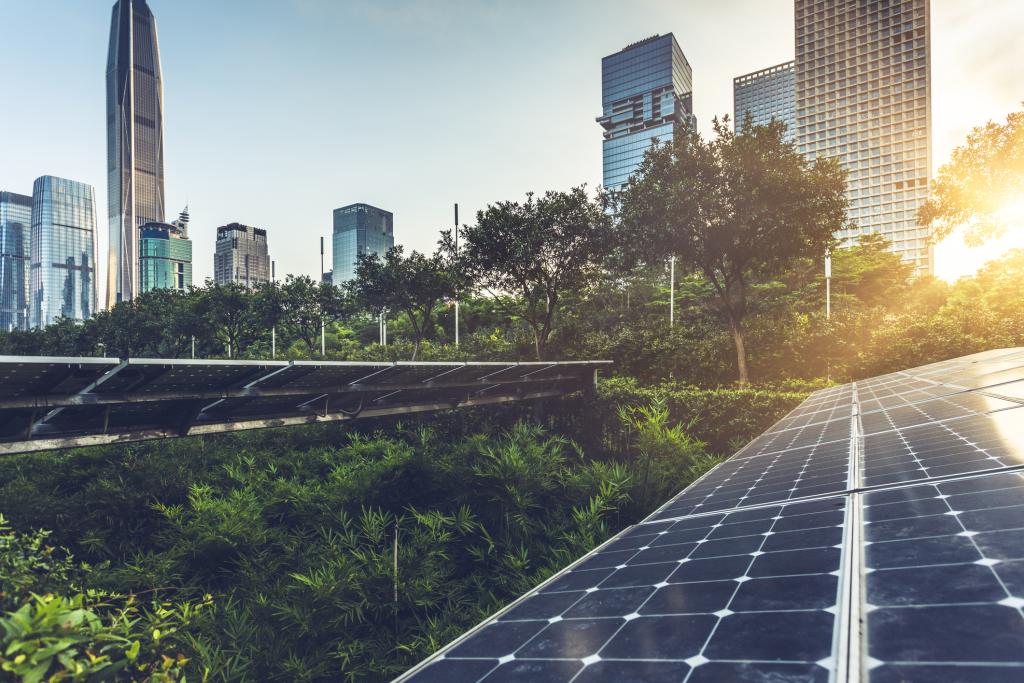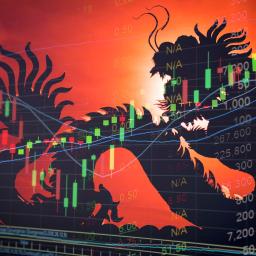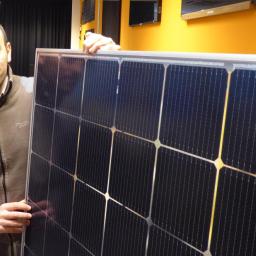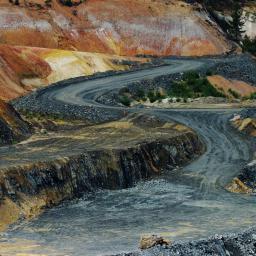 “The energy transition has to speed up if we want to meet the goals set for 2050,” says industrial ecologist dr. Benjamin Sprecher, assistant professor at Industrial Design Engineering at TU Delft.
“The energy transition has to speed up if we want to meet the goals set for 2050,” says industrial ecologist dr. Benjamin Sprecher, assistant professor at Industrial Design Engineering at TU Delft.
“But the recent Russian invasion of Ukraine and its impact on markets has shown that geopolitical aspects play a critical role in the provision of resources in general, and the metals needed to shift toward clean energies in particular.”
Especially the price of nickel skyrocketed, and the London Metal Exchange even temporarily halted trade in this metal. “It is still very uncertain how critical materials supply chains will reorient themselves and which resources might next become a problem.”
Human behaviour
Sprecher and his team apply dynamic system modelling as means to model the supply chains of various raw materials. These models do not serve to predict the future but rather aim to increase our understanding of how various disruptions, small and large, may affect the system. “Unlike weather models, that are based purely on physics, most of the variables of these models are a direct result of human behaviour,” he says. “It is why we continually add new scenarios to the model.”
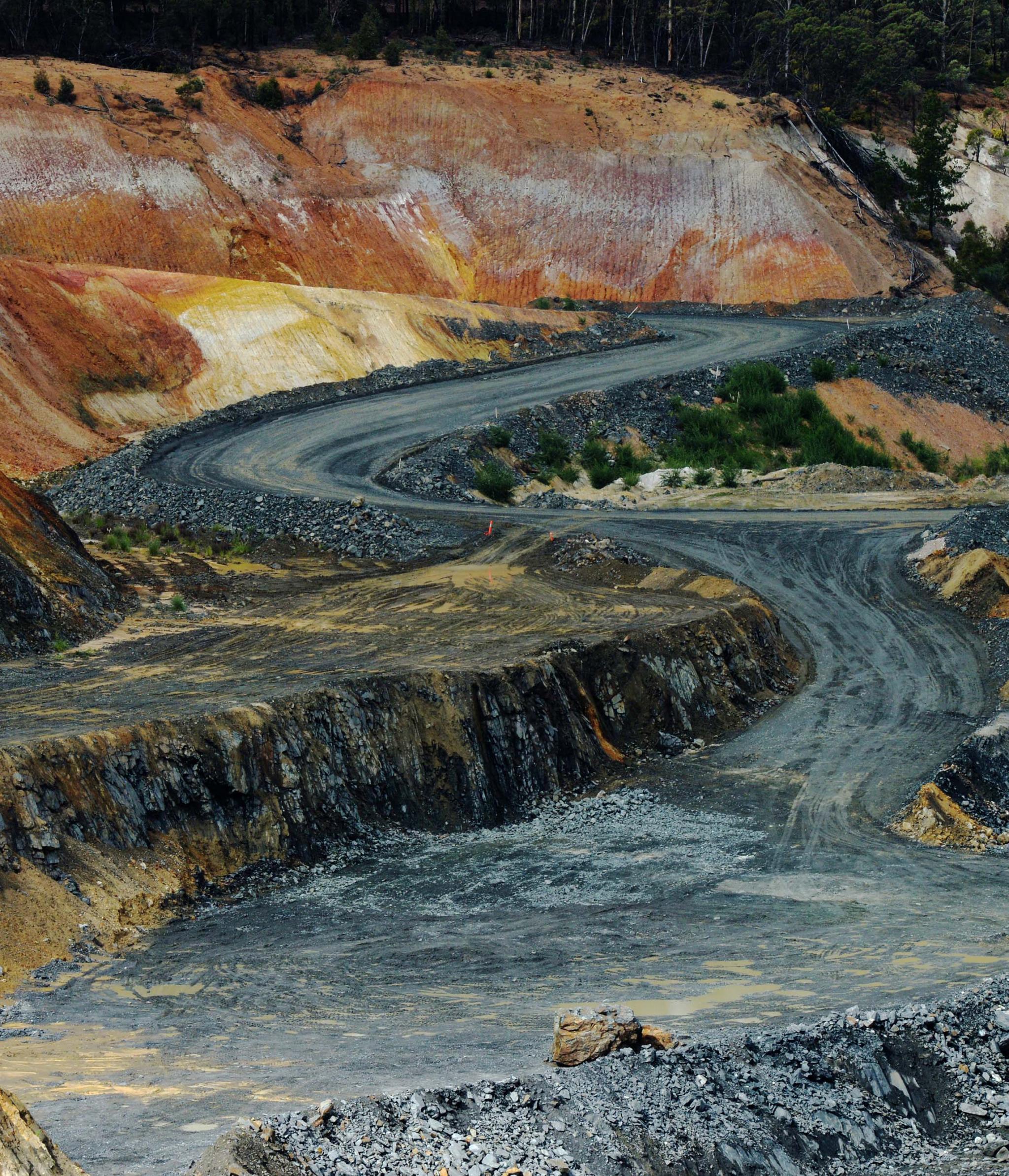 In one of his research articles, he describes what could happen to the platinum markets if a civil war would break out in South Africa. “Russia is an important supplier of platinum as well, but I never saw the current war coming. The war makes it very hard to tell what the world, and markets, will look like in five years.”
In one of his research articles, he describes what could happen to the platinum markets if a civil war would break out in South Africa. “Russia is an important supplier of platinum as well, but I never saw the current war coming. The war makes it very hard to tell what the world, and markets, will look like in five years.”
The models result in various option spaces – scenarios that can serve as a basis for drawing up and enforcing policies. They typically cover a long timescale as it takes a lot of effort and time to upscale the extraction of metals. Take lithium, for example, a metal needed in the production of (car) batteries.
“There is a worldwide abundance of lithium, and it could even be extracted from water, but it takes years before a new mine is up and running,” Sprecher says. “Besides regulatory approvals, you also need to get the local people on board. It also takes up to 18 months to adapt a battery factory to a new source of lithium as the composition depends on how and where it was extracted.”
Industrial policy
To Sprecher, a shortage in the abundantly available lithium proves that the free market falls short. “Net production simply is too low,” he says. “Commercial parties refrain from entering long-term commitments as they rather await the outcome of elections and the introduction of new policies. In the worst of cases, materials are not available at all, while in the best of cases you may just have to deal with extremely high prices every once in a while.”
China has become a dominant power in many critical materials because the government proactively boosted certain sectors, providing financial support. We need such industrial policy in Europe as well.'
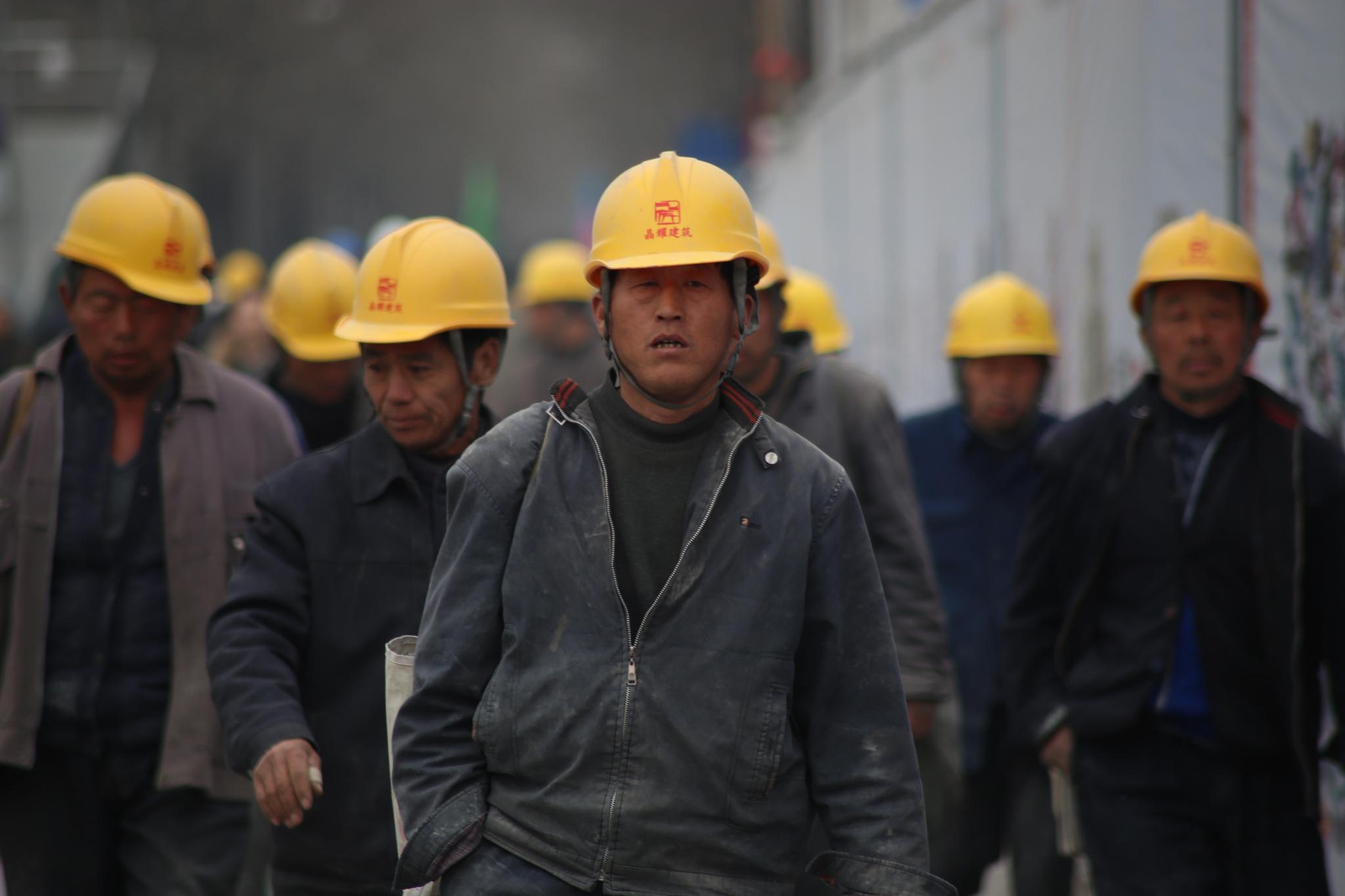
Some form of industrial policy seems necessary to counter market shortages or even chaos. “China has become a dominant power in many critical materials because the government proactively boosted certain sectors, providing financial support,” Sprecher says. “We need such industrial policy in Europe as well. Not only from a financial perspective. Leaving it to the free market has proven to be a bad idea.”
Circular thinking
Besides ensuring critical materials supply through industrial policy, circular thinking can also help reduce shortages of critical metals. This can be achieved by increasing the lifespan and recyclability of products. France set the example by passing a law stating that, by 2024, products meet certain reparability standards before they can be sold. Sprecher: “I think this is a great idea. The longer the lifespan of products, the fewer raw materials you need for the same functionality. And when it comes to recyclability, it would be much easier to recycle solar panels if they were no longer glued together.”
The world is already late in acting. We have to start now in making every effort imaginable.”
Sprecher hopes the war in Ukraine serves as a wake-up call. “The world is already late in acting. We have to start now in making every effort imaginable.”
Take Home Messages:
- The free market falls short when it comes to upscaling critical raw materials.
- We need EU industrial policy – for improving raw material availability as well as environmental and ethical aspects
Text by Karst Oosterhuis
Extraction of critical metals needed for a sustainable energy system. Source: Metabolic, fig.14, p.23
Potential effect of the combination of the four circular strategies on the annual metal demand (period: 2040 to 2050) for the ten metals with the highest relative demand. Source: Metabolic, fig.17, p.27
Expected annual demand for a number of critical metals as a percentage of current global production, for the periods 2020 to 2030, 2030 to 2040, and 2040 to 2050. Source: Metabolic, fig.13, p.21
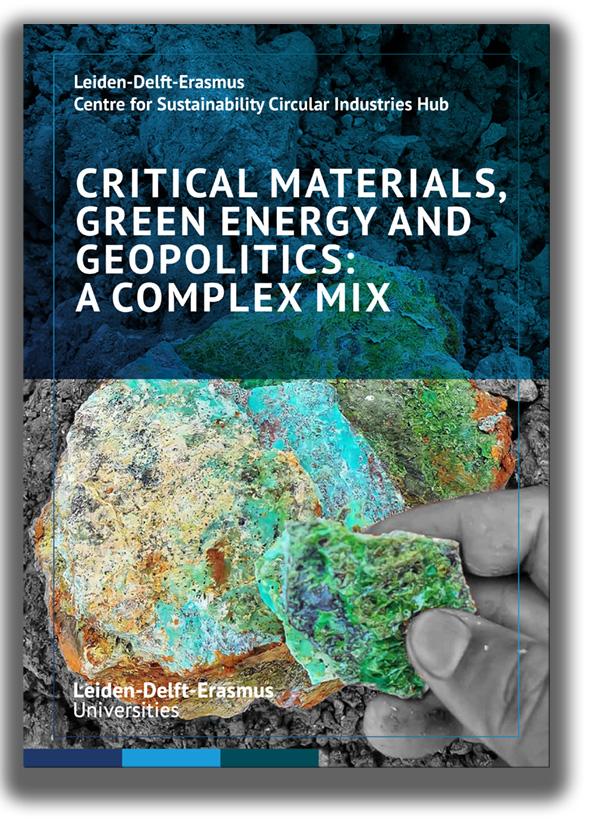 This interview is part of the Leiden-Delft-Erasmus white paper 'Critical materials, Green Energy and Geopolitics: a Complex Mix'.
This interview is part of the Leiden-Delft-Erasmus white paper 'Critical materials, Green Energy and Geopolitics: a Complex Mix'.
Read all interviews from the White Paper in the Knowledge File Critical Materials and the Energy Transition and download the white paper via the attachement below.

